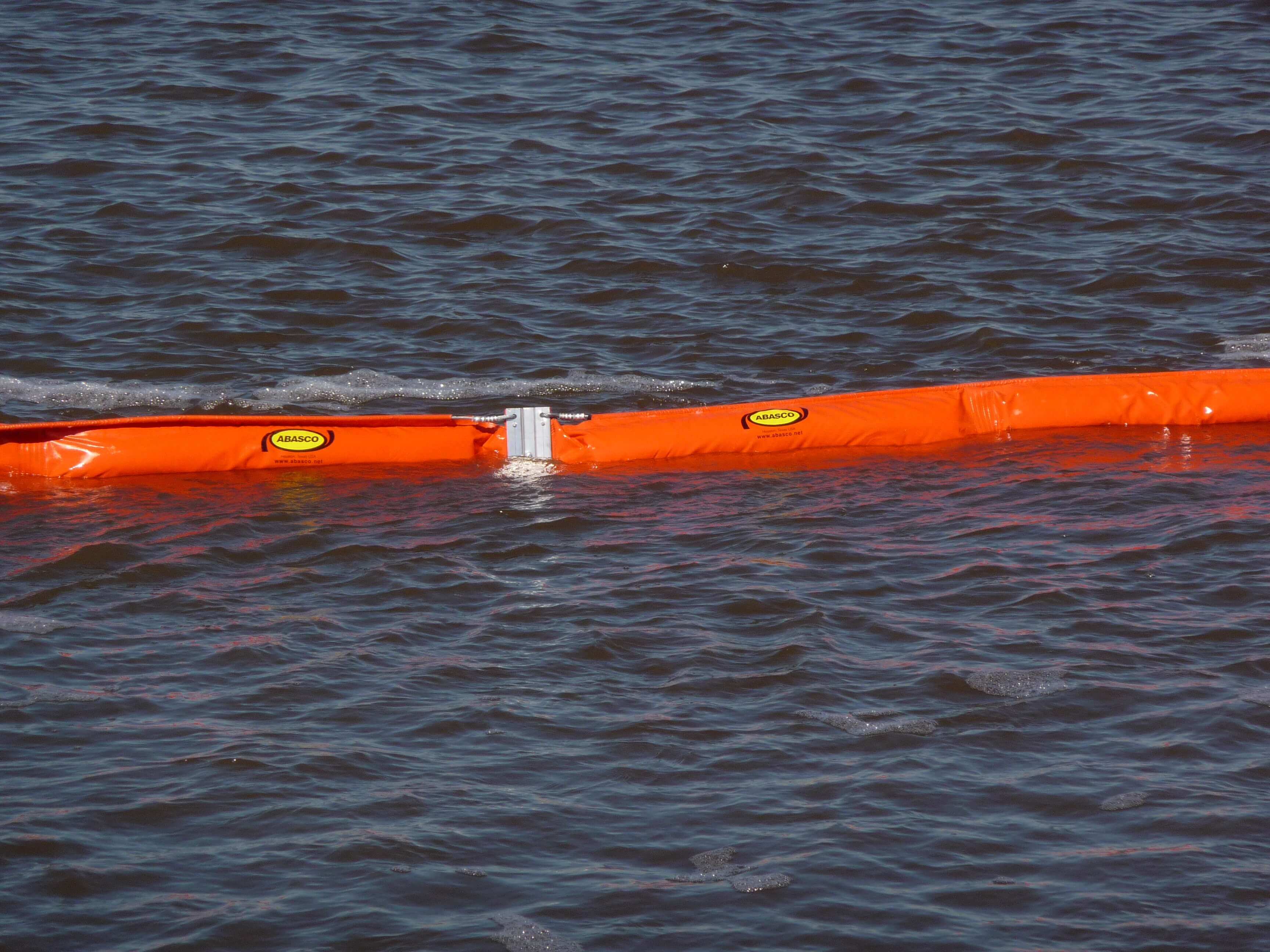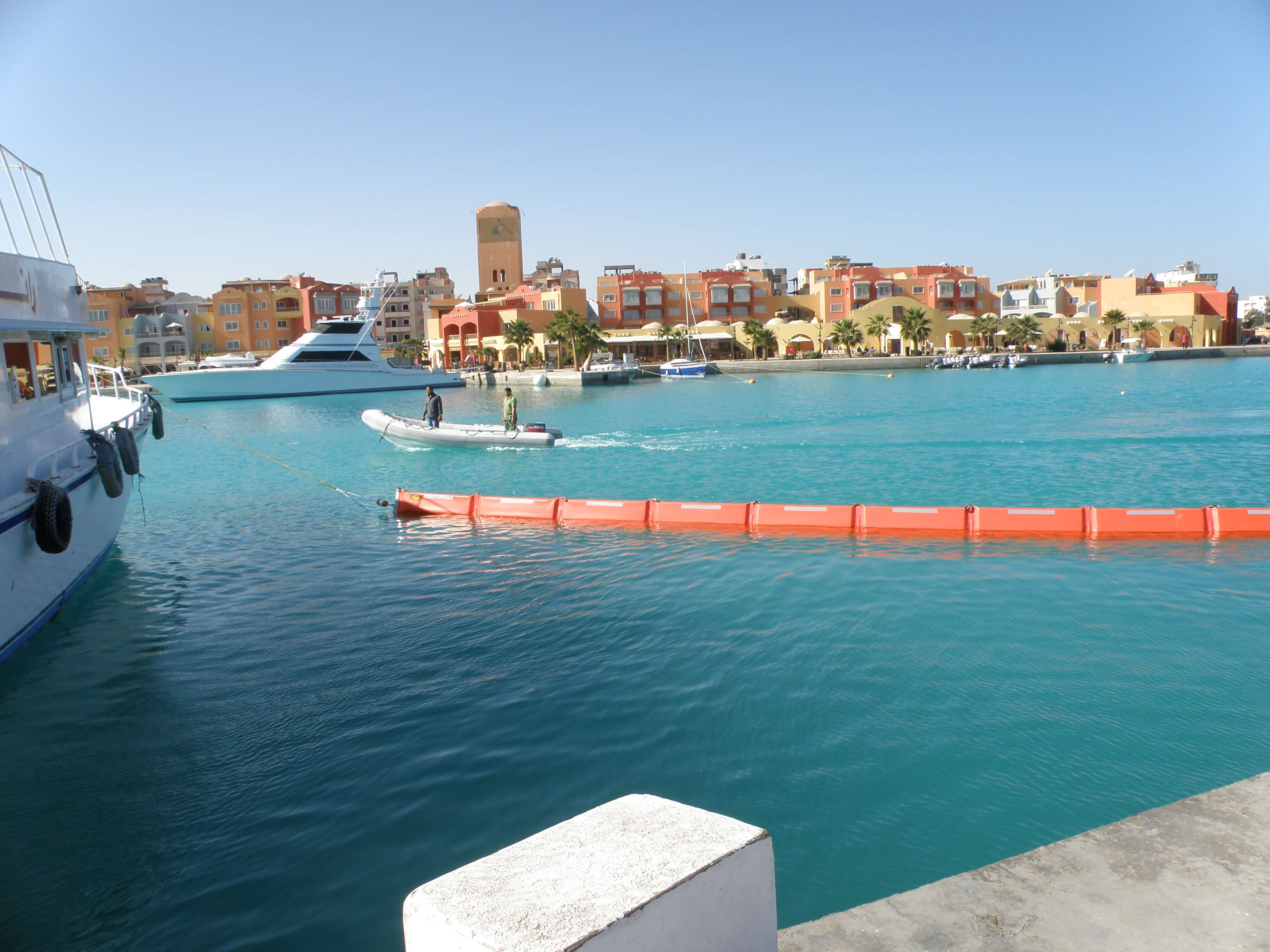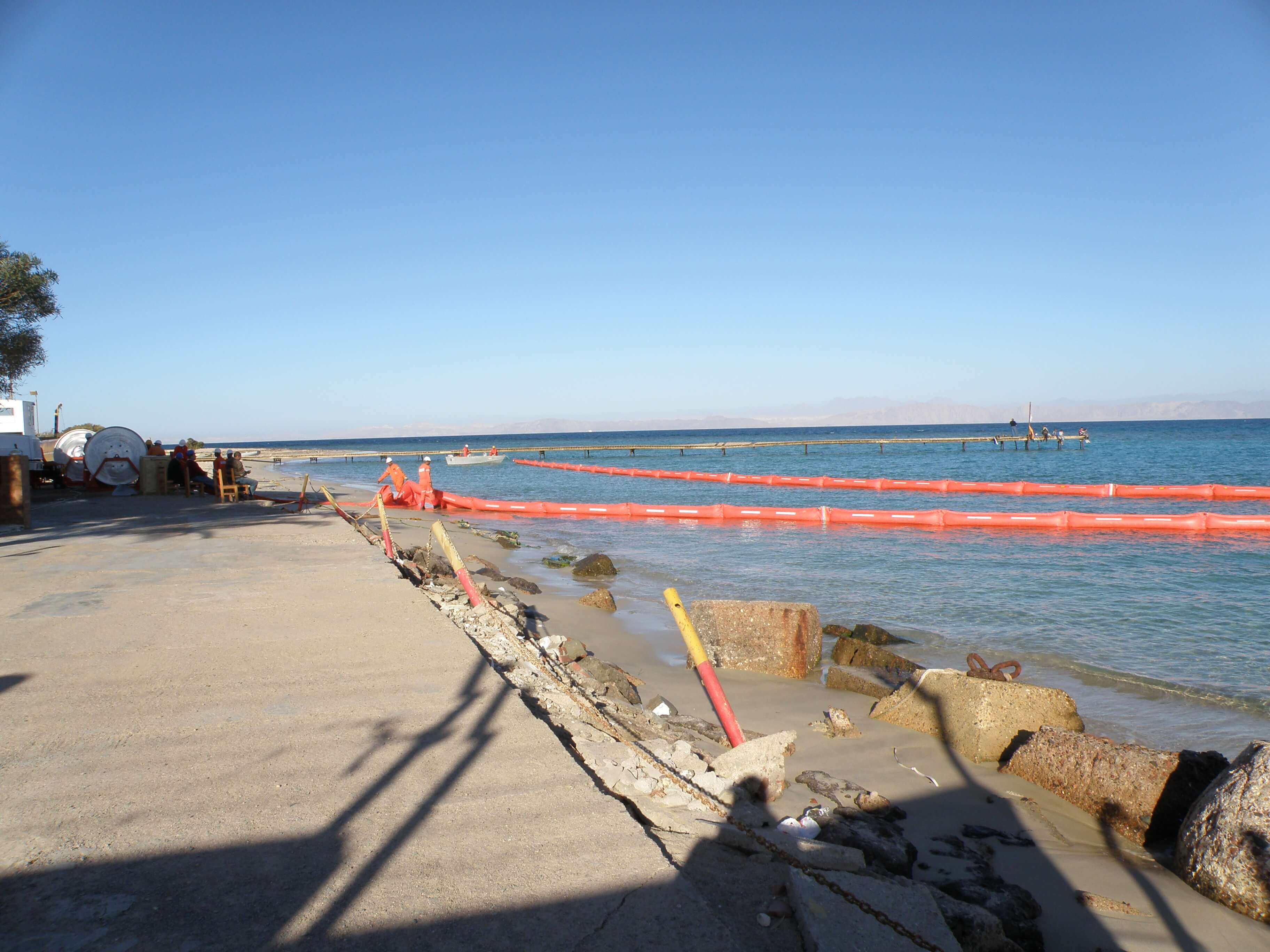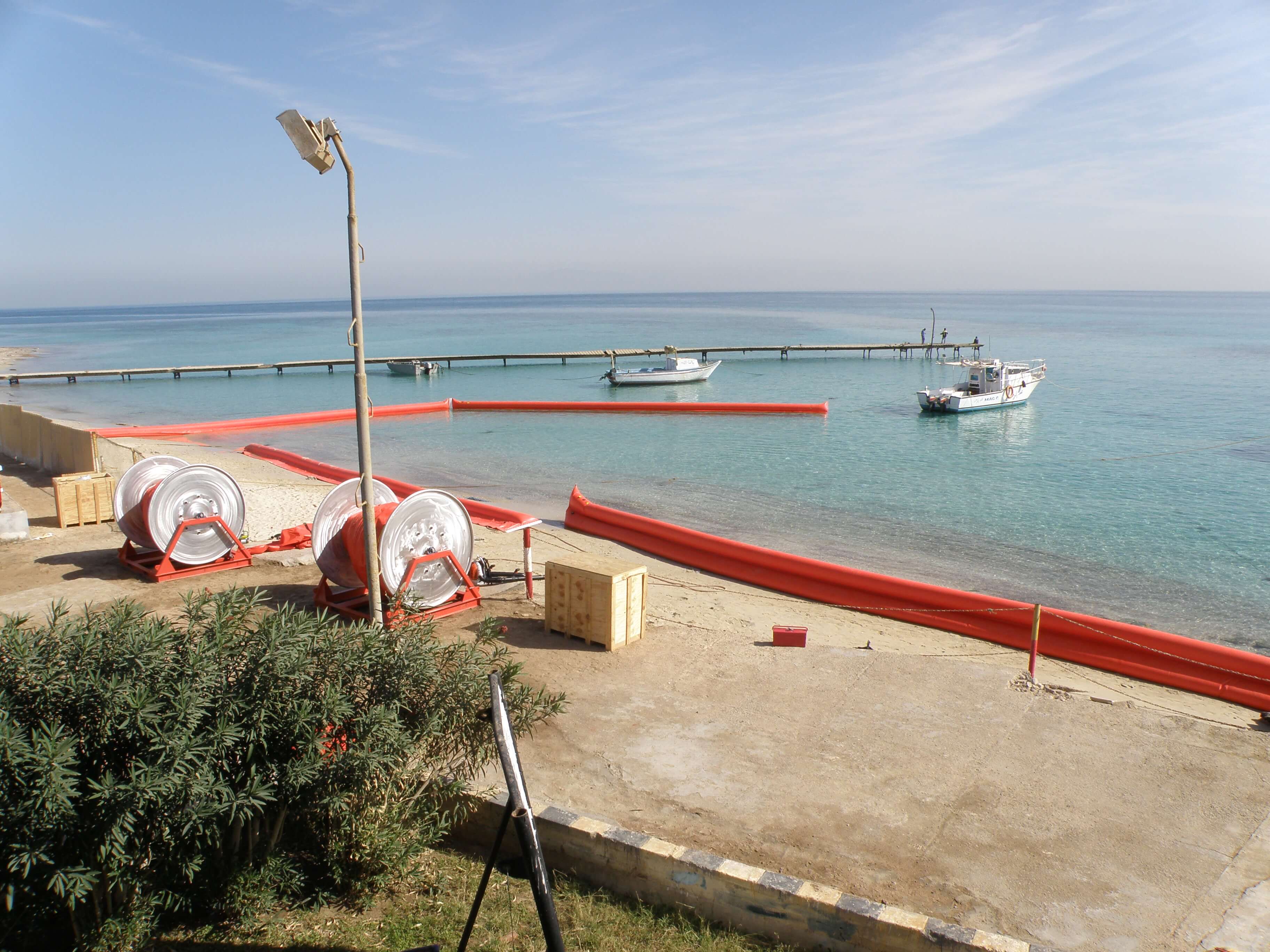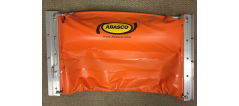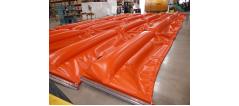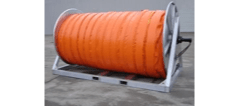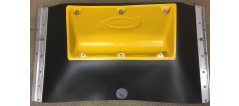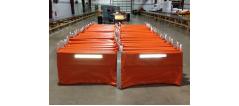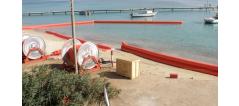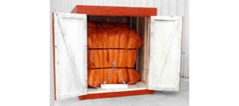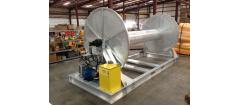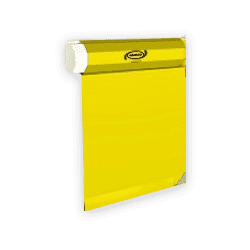Oil Spill Containment Booms
Browse By Type: Conventional Booms | Inflatable Booms | Self-Inflating Booms | Permanent Booms | Harbor/Layflat Booms | Shoreline Booms
During spill responses, sensitive locations are threatened by oil slicks, but these areas can be protected by using specialized equipment, such as oil booms. An oil boom, also referred to as a containment boom, is a temporary floating barrier designed to contain an oil spill. Oil spill containment booms reduce the possibility of pollution on shorelines, rivers, and oceans while collecting oil in thick surface layers to allow for easy recovery for your company.
ABASCO manufactures oil containment booms in our facility located in Humble, Texas. Our oil booms are designed using plastic, metal or other materials to slow the spread of oil and keep it contained. We manufacture a full line of oil spill containment booms for all applications and environmental conditions, including conventional booms, air-inflated booms, self-inflating booms and permanent booms.
Floating Oil Boom Types
There are several types of floating oil booms that ABASCO manufactures depending on the application and conditions.
- Inland/Nearshore Oil Booms: Utilize smaller floatation members and lighter weight ballasts, which are best for applications with light wind and small waves.
- Offshore Oil Booms: These booms usually have larger floatation members and can handle heavier ballasts.
Containment Boom Frequently Asked Questions
The primary purpose of a containment boom is to contain and limit the area which has been impacted by a hydrocarbon or chemical spills. A floating boom's performance is determined based upon buoyancy, roll response and heave response within a given application to contain hydrocarbons or chemicals generally during a spill event. These application factors will better determine which is the right containment boom design and options using several evaluation criteria.
Oil booms mitigate the negative impact to the environment caused by hydrocarbon or chemical spills and also reduce financial impacts through timely cleanup which limits the area exposed to the spill.
The most common types of containment booms are conventional curtain boom, permanent boom, fence boom, air inflated boom, self inflated boom and tidal/shoreline booms.
In accordance with local, state and federal guidelines a containment boom can be used on most bodies of water based upon using the correct boom selection criteria and deployment techniques to properly contain a hydrocarbon or chemical spill.
Several criteria are utilized for proper containment boom selection to include water body classifications (ASTM F1523 or OPA 90) which is based upon wave heights and conditions. These determine the basic physical design requirements including overall boom height and reserve buoyancy. Additional considerations would be a boom's roll response in currents; heave response in waves; freeboard height and skirt depth and forces on the boom which will require a review of oil boom strength.
Oil booms should be cared for in accordance with an operations and maintenance manual where the boom is preferably not exposed to sunlight, harsh weather conditions or rodents which can damage the boom fabric. Additional considerations would be the boom stack height; secured on pallets to avoid abrasion; properly cleaned after deployments and repairs made if any operational damage in accordance with repair kit instructions.
Depending upon deployment requirements, boom accessories can include tow bridles, handles, repair kits, anchor kits, rope, lighted buoys, shoreline anchors, storage boxes, boom reels, deployment rollers or pads and other potential items based upon the location requirements.
Oil spill containment boom effectiveness is based upon a proper evaluation of the location conditions and utilizing the selection criteria for the correct containment boom which includes a review of the float/skirt heights, tensile strength and reserve buoyancy. Following the proper deployment and containment guidelines should result in proper boom containment performance in most cases.
Self Inflating Oil Containment Boom Reel
Features: Stores in 1/3 the space required by the conventional boom. Self-inflating. No air compressors or blowers are required. Unsinkable -- maintains functional freeboard in damaged condition. Can be deflated and placed back into service. All fabric welds are standard 2 in thermal welds or 1 in radio-frequency (RF) welds for superior strength and durability.
Boom finder tool
|
|

